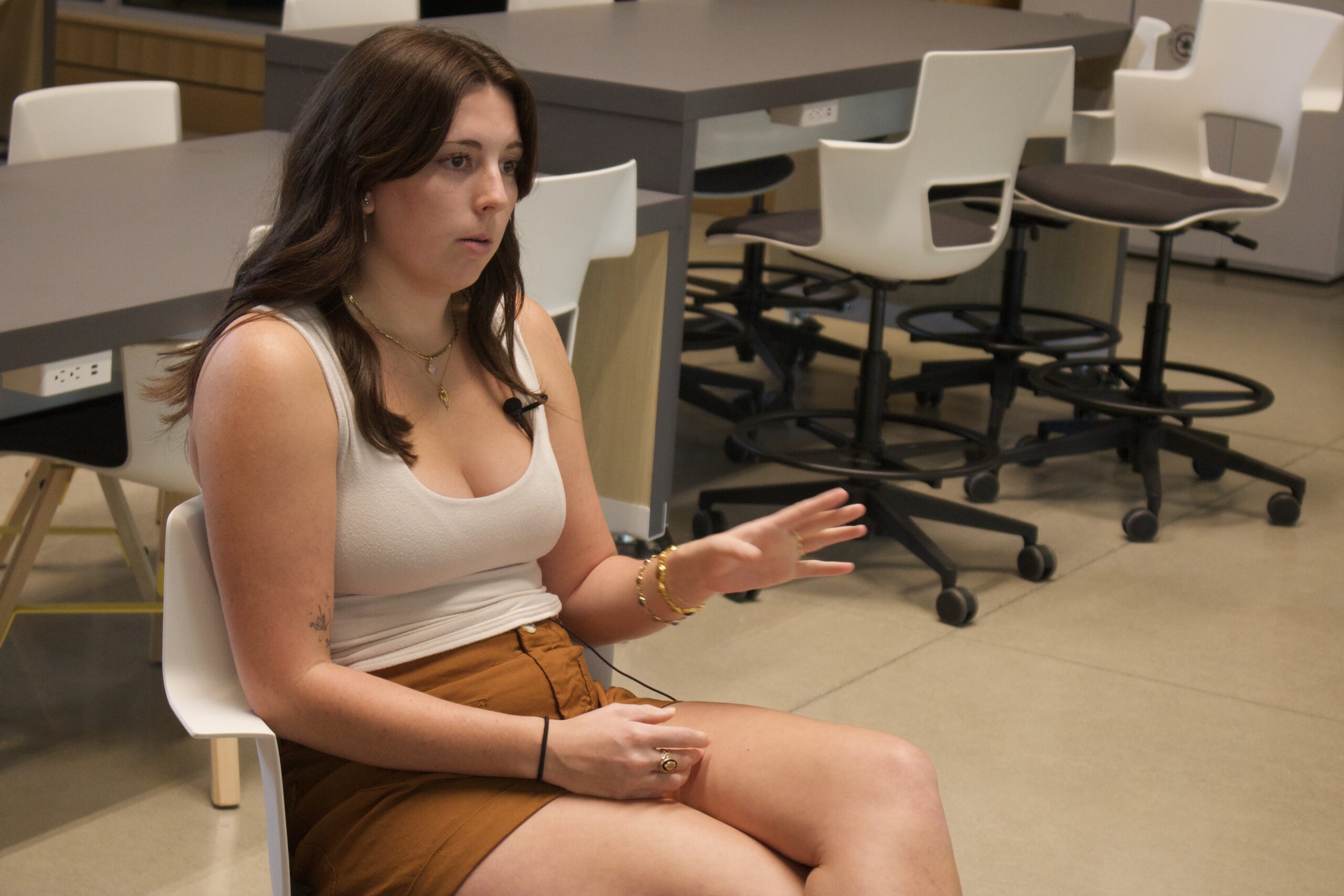
Elon University rising senior Kate Becksvoort is conducting research this summer about hormonal imbalances that can be traced back to steroidal estrogen in the water supply.
A naturally produced hormone, estrogen is essential to the human body in both men and women. While normal concentrations of 30 to 400 pg/mL are beneficial, threats to health are introduced if estrogen levels artificially surpass this threshold. With the rise of hormonal birth control and agricultural additives, estrogen has made its way into unfiltered water, bringing the concentrations far past what would be produced by the body.
While drinking water is filtered for contaminants, sewer system wastewater contains estrogen that eludes treatment facilities’ filtration and disinfection systems, most of which primarily target bacteria and physical impurities.
“A lot of these filters aren’t specifically made for estrogen,” Becksvoort said. “There’s nothing necessarily in place to extract it before it goes through the water treatment plant and into our drinking water, into environments with other organisms.”
Becksvoort’s solution sought to implement filters specifically designed to target estrogen that were both environmentally friendly and feasible at the larger scale.
Becksvoort’s research revolves around eliminating the imbalances that the wastewater network has on the endocrine system. The wastewater treatments’ lack of effectiveness was identified as a leading cause of breast cancer in women and prostate cancer in men, both examples of life-threatening hormonally induced conditions, said Becksvoort. Polycystic ovary syndrome, a hormonal disorder that affects approximately 1 in 10 women, is also known to be caused by such imbalances and presents a number of complications to women’s everyday lives.
But the effects are not limited to humans. One of the substantial concerns is the imbalanced hormonal activity the ecosystem as a whole has faced in response to its water supply – a factor entirely out of its control. Michael Paterson, a senior research scientist at the International Institute for Sustainable Development Experimental Lakes Area in northwestern Ontario, Canada, emphasized the ripple effect marine life faces in such unfavorable conditions.
“We had males that showed characteristics that you traditionally associate with females,” Paterson said. “We had things like male fish that developed ovipositors that would indicate that they were trying to produce eggs.”
“Because they’re not plastic-based or any kind of additional chemical, ideally it’s going to reduce any kind of impact it would have on the environment,” Becksvoort said.
The materials she had been considering using are sand, gravel, woodchips, sawdust, activated carbon from coconut shells, and biochar.
Becksvoort also prioritized practicality and applicability in her study, starting small to test the filters’ effectiveness. The system “needs to be at a municipal level, so at your baseline toilet-level basically,” Becksvoort said.
This process serves multiple purposes – not only does it allow her to put her prototypes into practice, it also works alongside the nature of the sewage system that carries estrogen.
“Because the longer that it goes through all this water, through your sewer system, the more it gets mixed up, and the higher the ratio of water to estrogen,” Becksvoort said.

